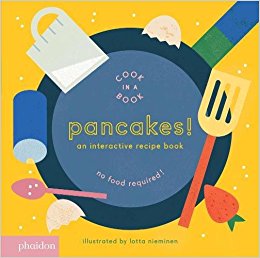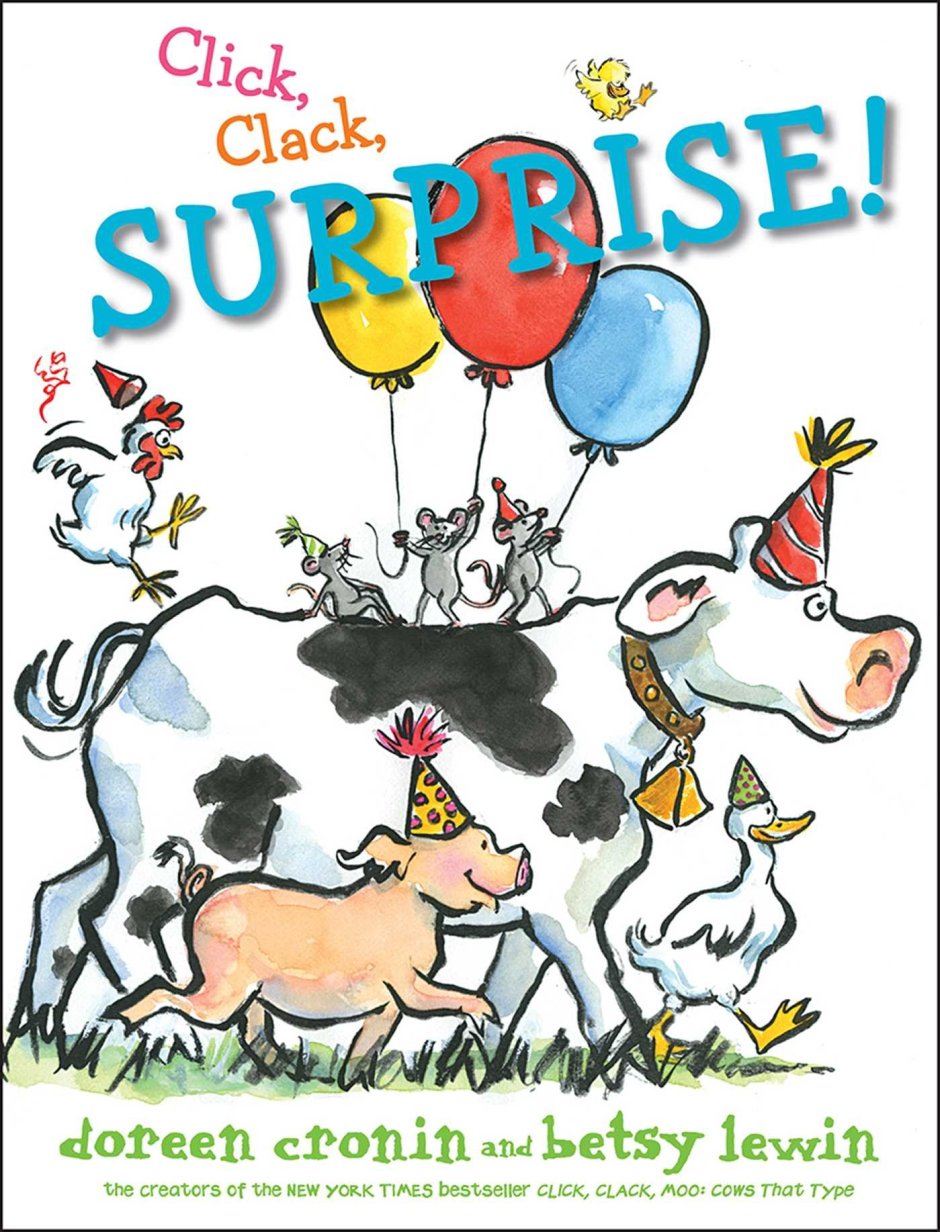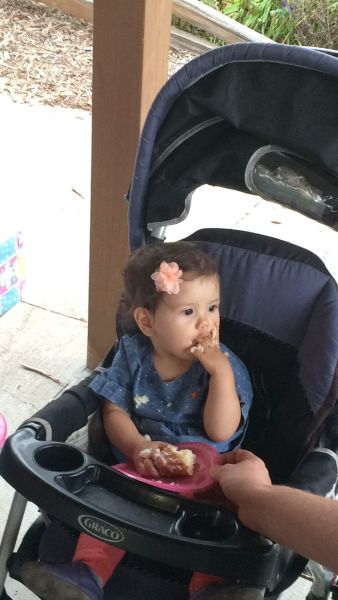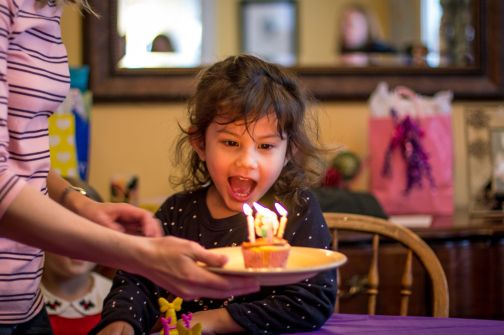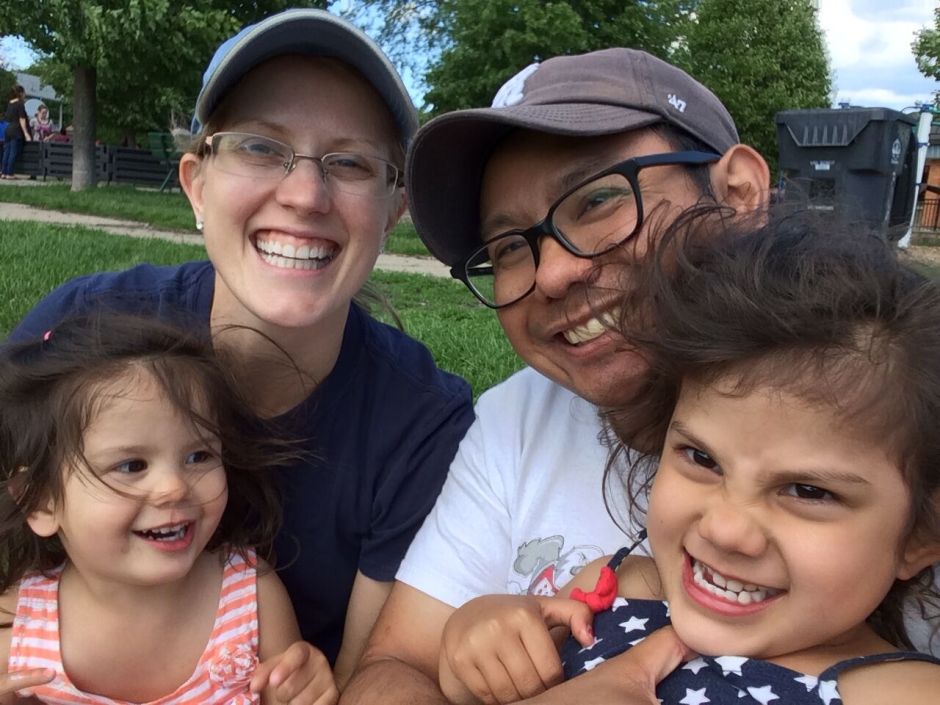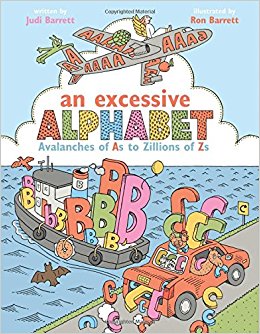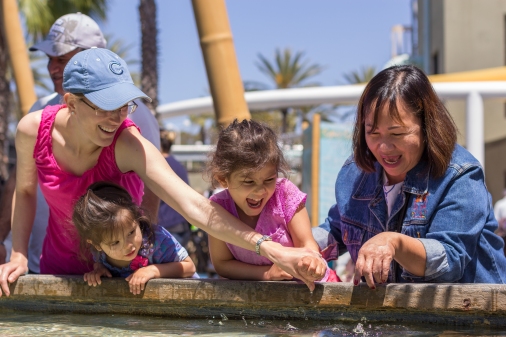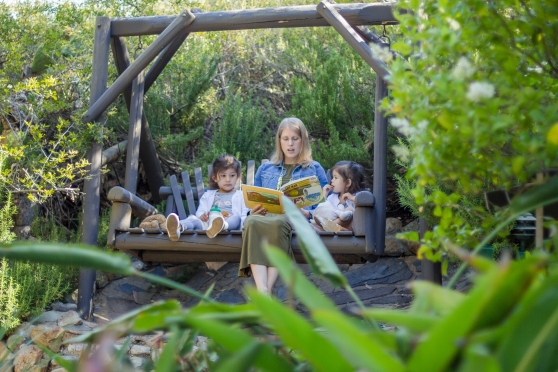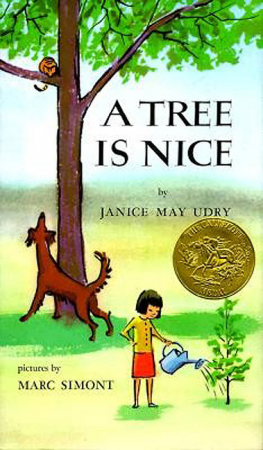I’m back with another awesome list of interactive board books for little ones! If you are interested in expanding your family library, finding a gift for a friend or relative, or donating a book to your child’s preschool or day care center, these are great options. You could go to the library and try one for each day of the week! 🙂
You may also be interested in these previous posts for other interactive board book ideas and how interactive board books can engage babies and toddlers.
Happy reading!
Best Ages: 0-4 years
Pancakes! illustrated by Lotta Nieminen
This books is first on my post today because it is one of the most innovative board books I’ve seen. No food is required to get your toddler or preschooler involved in making pancakes… And you will likely be interested in the unique illustrations, too!
Twisters Numbers by Anton Poitier
A different take on a board book that uses objects that twist from side to side. My children liked counting and moving the shapes on each page. Personally, I thought the illustrations were a little busy, but that may be attractive for babies and toddlers.
One Moose, Twenty Mice by Clare Beaton
This is a fun interactive read because the cat is only partially visible on each page, so your child can follow along and try to spot the cat on each page. Lovely photographs of illustrations sewn with felt, beads, and other items. Dynamic ending!
Surprise! by Lisbet Slegers
Lift the flaps to find the animal babies! Bold and bright illustrations will keep your baby/toddler engaged as you read aloud together.
Flutterby Butterfly by Emma Parish
A fun book that has slide-out rather than lift-the-flaps. One downside to the book was the tongue-twister of repeating “fluttery butterfly.”
Sophie la Girafe: Hide and Seek by Dawn Sirett
This book’s character is based on the popular French giraffe teether, Sophie. I LOVE how sturdy this board book is! I imagine it will hold up much longer than the typical mass-produced “lift the flap” style books whose flaps are made of thin, papery material and glued on lightly. Another plus: the graphics and side tabs are very cute!
Touch and Trace Farm by Jonathan Litton
Tracing is combined with lift the flaps for an engaging read with your little one. There are a few unique ideas of shapes on the farm (my favorite is the plow behind the tractor).

